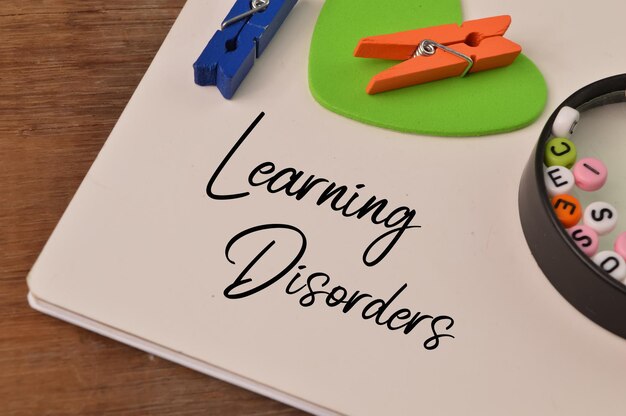10 Essential Tips for Effective Learning: Maximizing Your Potential in Personal and Professional Growth
Effective learning is essential for personal and professional growth. It enables us to acquire new skills, expand our knowledge base, and adapt to changing circumstances. Here are ten essential tips for maximizing your potential in learning:
1. Set Clear Learning Goals
Define your objectives for learning, making them specific, measurable, achievable, relevant, and time-bound. Goals help you focus on what’s important and maintain motivation throughout the learning process.
Tips:
- Identify your motivation for learning.
- Create a vision board or mind map to help visualize your goals.
2. Find the Right Learning Style
Understand your preferred learning style – visual, auditory, or kinesthetic. This knowledge will help you choose the most effective methods for absorbing information and retaining it long-term.
Tips:
- Experiment with various study methods to find what works best for you.
- Use mnemonic techniques to aid memorization (e.g., acronyms, rhymes).
3. Stay Focused and Engaged
Minimize distractions, take frequent breaks, and maintain a positive attitude towards learning to maximize your focus and engagement. The more involved you are in the learning process, the more effective it will be.
Tips:
- Set aside dedicated study time each day.
- Create a comfortable learning environment free from distractions.
4. Use Active Learning Techniques
Engage in active learning, rather than passively absorbing information. This can be achieved through activities such as summarizing, synthesizing, and applying knowledge to real-life situations.
Tips:
- Practice active reading strategies like asking questions, making connections, and summarizing.
- Create flashcards or study guides to reinforce learning.
5. Practice Regularly and Consistently
Regular, consistent practice is essential for mastering new skills or knowledge. Spread your learning across multiple sessions to build a strong foundation and ensure long-term retention.
Tips:
- Schedule regular study sessions and stick to them.
- Set up a reward system for completing tasks on time.
6. Learn from a Variety of Sources
Expand your learning horizons by exploring different resources, including books, articles, videos, podcasts, and online courses. Diversify your sources of knowledge to gain a more comprehensive understanding of the subject matter.
Tips:
- Use multiple resources to cross-reference and verify information.
- Explore different learning platforms, such as Coursera or Khan Academy.
7. Seek Feedback and Constructive Criticism
Learn from others’ perspectives and experiences by seeking feedback and constructive criticism. This can help you identify areas for improvement, reinforce strengths, and broaden your understanding of the subject matter.
Tips:
- Ask a mentor, teacher, or colleague for feedback on your learning progress.
- Participate in online forums or discussion boards to engage with other learners and exchange ideas.
8. Stay Open-Minded and Curious
Keep an open mind, embrace new ideas, and maintain a curious attitude towards learning. This will help you adapt to change, stay engaged, and continue growing both personally and professionally.
Tips:
- Read widely and explore new topics outside your comfort zone.
- Ask questions to deepen your understanding of a subject.
9. Connect Learning to Real-Life Situations
Apply learning to real-life situations, rather than just memorizing facts or concepts in isolation. This will help you develop a deeper understanding of the subject matter and make it more relevant and valuable to your personal and professional growth.
Tips:
- Identify practical applications of new skills or knowledge.
- Connect learning to personal experiences and anecdotes.
10. Stay Committed to Lifelong Learning
Embrace the concept of lifelong learning and view education as an ongoing process, rather than a one-time event. By continually expanding your knowledge base and refining your skills, you’ll be better prepared to adapt to new challenges and opportunities.
Tips:
- Set aside time each day for learning, even if it’s just a few minutes.
- Engage in ongoing professional development and seek out new educational opportunities.

